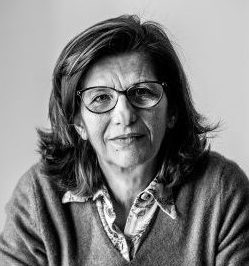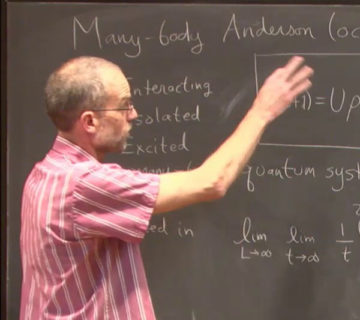
Margarida Telo da Gama Universidade de Lisboa
Non-equilibrium interfaces
An interface is the moving or static boundary between two bulk phases. These can be free or constrained by the presence of a third phase, boundaries or inhomogeneities in the medium. At and near equilibrium the field has matured and has led to the prediction and observation of a range of novel non-trivial phenomena.
For non-equilibrium systems the situation is much less satisfactory, not least because distinct non-equilibrium systems do exist. Of these I will focus on interfaces of driven (passive) systems and active-passive interfaces.
In the former, general continuous stochastic growth equations, such as the KPZ, have proved useful also in the presence of surfaces or quenched disorder, capturing the long-range statistical properties of microscopic models and of the experiments.
Active matter is a much more recent field and work on active-passive interfaces has hardly begun. Concepts such as the surface tension of static interfaces are still open to debate. In addition, the nature of the bulk phases may be radically different (e.g. the existence of bubbly liquids in dry active matter and of active turbulence in wet nematics) raising fundamental questions on the effective descriptions that were so useful in driven passive systems.
In the first part of this talk I will review the non-equilibrium wetting phase diagram of driven passive systems based on effective interfacial models and illustrate how the rougheness of a driven interface may depend (somewhat surprisingly) on the anisotropy of the particle interactions, as suggested by experiments on drying droplets.
In the second part of the talk I will address active-passive interfaces. I will present results on interfaces of the hydrodynamic model of wet active nematics, which describe a range of observations made on propagating interfaces of bacterial films.
If time permits, I will discuss preliminary results on the wetting of scalar (dry) active matter and the roughness of its growing interface, based on massive simulations of a lattice model of active Brownian particles.
Video of the lecture

